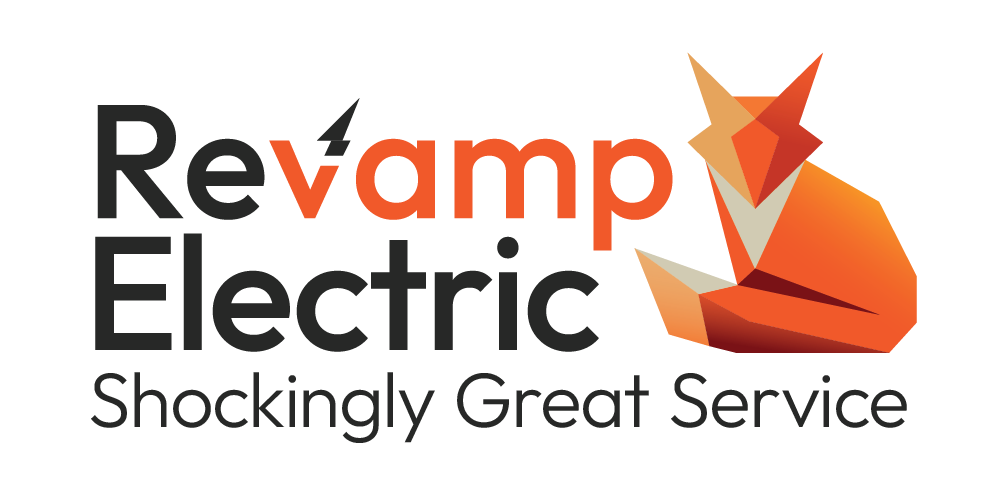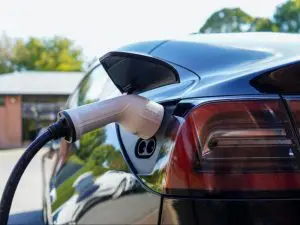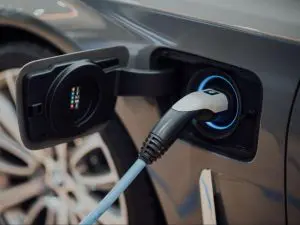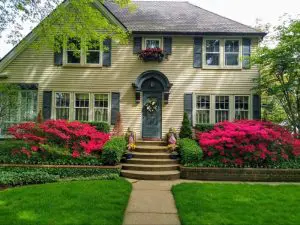In today’s world, the intersection of energy efficiency and aesthetic appeal is more important than ever. As homeowners and businesses alike seek ways to reduce their energy consumption, the demand for energy-efficient lighting solutions has surged. These innovations not only help lower electricity bills but also contribute to environmental sustainability. This article explores various energy-efficient electrical lighting solutions that combine efficiency with elegance, making spaces both beautiful and functional.
The Rise of Energy-Efficient Lighting
Energy-efficient lighting has evolved significantly over the past few decades. Traditional incandescent bulbs, once the mainstay of lighting, have given way to more advanced technologies that use less energy and last longer. The primary drivers behind this shift include:
- Cost Savings: Energy-efficient lighting reduces electricity bills, providing substantial savings over time.
- Environmental Impact: Reduced energy consumption means lower greenhouse gas emissions, helping to combat climate change.
- Legislation and Incentives: Governments worldwide have implemented regulations and incentives to promote energy-efficient lighting.
- Technological Advancements: Innovations in lighting technology have made energy-efficient options more accessible and affordable.
Types of Energy-Efficient Lighting Solutions
The Department of Energy has provided information about how LED lighting and CFL lighting are the better lighting solutions because they last longer than traditional bulbs and they also provide many other benefits.
LED Lighting
Light Emitting Diodes (LEDs) are at the forefront of energy-efficient lighting technology. LEDs consume up to 90% less energy than traditional incandescent bulbs and can last up to 25 times longer. They are available in various shapes, sizes, and color temperatures, making them suitable for any application, from residential to commercial settings.
Benefits of LED Lighting
- Longevity: LEDs have a lifespan of 15,000 to 50,000 hours, significantly outlasting other types of bulbs.
- Durability: Unlike incandescent and fluorescent bulbs, LEDs are less prone to breakage as they are solid-state lights.
- Versatility: LEDs can be used in a variety of fixtures, including recessed lighting, track lighting, and decorative chandeliers.
- Instant Illumination: LEDs reach full brightness instantly without any warm-up time.
CFL Lighting
Compact Fluorescent Lamps (CFLs) are another popular energy-efficient lighting option. CFLs use about 70% less energy than incandescent bulbs and have a longer lifespan. While not as efficient or long-lasting as LEDs, they are still a viable option for those looking to reduce energy consumption.
Benefits of CFL Lighting
- Energy Savings: CFLs use significantly less energy than traditional bulbs.
- Lifespan: CFLs typically last 8,000 to 10,000 hours, longer than incandescent bulbs but shorter than LEDs.
- Affordability: CFLs are generally less expensive than LEDs, making them a cost-effective alternative.
Smart Lighting Systems
Smart lighting systems integrate LED technology with smart home automation, allowing users to control their lighting through smartphones, tablets, or voice-activated devices. These systems offer unprecedented control over lighting conditions, contributing to both energy efficiency and convenience.
Benefits of Smart Lighting Systems
- Customizable Settings: Users can create schedules, adjust brightness, and change colors to suit their preferences and needs.
- Remote Control: Lights can be controlled remotely, ensuring that energy is not wasted when lights are left on unintentionally.
- Integration with Other Smart Devices: Smart lighting can be integrated with other smart home systems, such as thermostats and security systems, for enhanced energy management.
Integrating Elegance into Energy-Efficient Lighting
Energy-efficient lighting does not have to compromise on aesthetics. In fact, many modern lighting solutions are designed to enhance the beauty of a space while providing energy savings. Here are some ways to achieve elegance with energy-efficient lighting:
Architectural Lighting
Architectural lighting involves strategically placing lights to highlight architectural features and create an inviting ambiance. LED strip lights, for example, can be used to accentuate ceilings, walls, and other structural elements, adding a touch of elegance to any room.
Decorative Fixtures
Chandeliers, pendant lights, and other decorative fixtures can be equipped with LED bulbs to combine beauty with efficiency. Many lighting manufacturers now offer a wide range of stylish fixtures that are designed to accommodate energy-efficient bulbs without sacrificing design.
Layered Lighting
Layered lighting involves using multiple light sources at different levels to create depth and dimension in a room. This approach not only enhances the visual appeal of a space but also allows for more precise control over lighting levels, contributing to energy efficiency.
Dimmable Lights
Dimmable LED bulbs and fixtures provide flexibility in lighting design, allowing users to adjust the brightness to suit different activities and moods. Dimming lights can also reduce energy consumption and extend the life of the bulbs.
Natural Light Integration
Maximizing the use of natural light can significantly reduce the need for artificial lighting during the day. Skylights, large windows, and strategically placed mirrors can enhance natural light penetration, creating a bright and welcoming environment while saving energy.
Practical Tips for Implementing Energy-Efficient Lighting
Conduct an Energy Audit
Before upgrading your lighting, conduct an energy audit to assess your current energy usage and identify areas for improvement. Many utility companies offer free or low-cost energy audits, which can provide valuable insights and recommendations.
Choose the Right Bulbs
Select energy-efficient bulbs that are appropriate for each fixture and application. Consider factors such as brightness (measured in lumens), color temperature, and compatibility with dimmers or smart lighting systems.
Utilize Motion Sensors and Timers
Install motion sensors and timers in areas such as hallways, bathrooms, and outdoor spaces to ensure lights are only on when needed. This can prevent energy waste and lower electricity bills.
Upgrade Lighting Fixtures
Replace outdated fixtures with modern, energy-efficient alternatives. Look for fixtures designed to work with LED or CFL bulbs, and consider options that offer additional features such as dimming or smart controls.
Educate and Involve Household Members
Educate everyone in your household about the benefits of energy-efficient lighting and encourage them to adopt energy-saving habits. Simple actions such as turning off lights when leaving a room can make a significant difference over time.
The Future of Energy-Efficient Lighting
The future of lighting is undoubtedly energy-efficient, with continuous advancements in technology promising even greater efficiency and versatility. Innovations such as OLED (Organic Light Emitting Diode) lighting, which offers the potential for ultra-thin, flexible, and highly efficient light sources, are on the horizon. Additionally, smart lighting systems will become more integrated and intuitive, further enhancing energy management and user experience.
As energy-efficient lighting solutions continue to evolve, the emphasis on combining efficiency with elegance will remain strong. By adopting these solutions, homeowners and businesses can enjoy beautifully illuminated spaces while contributing to a more sustainable and environmentally friendly future.
Conclusion
Efficiency meets elegance in the realm of energy-efficient electrical lighting solutions. With a variety of options available, from LEDs and CFLs to smart lighting systems, it is easier than ever to create stunning, energy-efficient lighting designs. By integrating advanced technologies with thoughtful design, we can achieve the perfect balance of beauty and functionality, making our homes and workplaces more enjoyable and sustainable.



